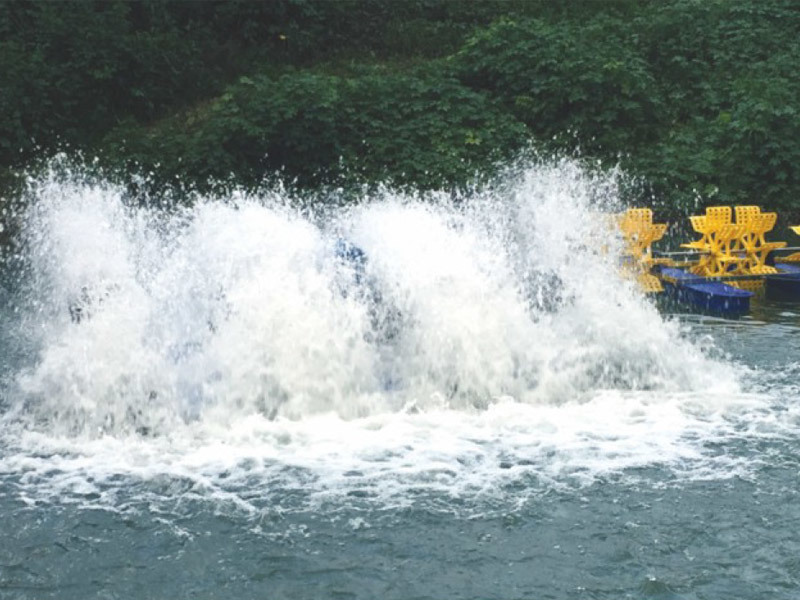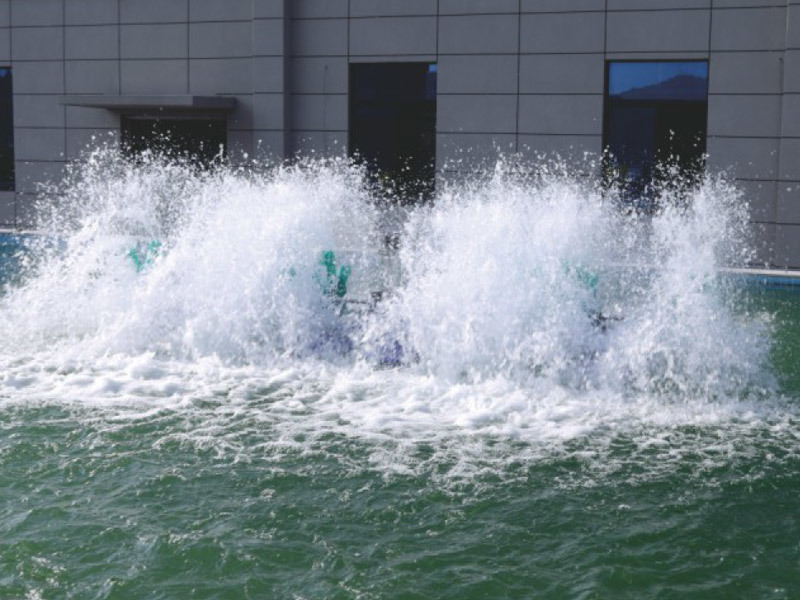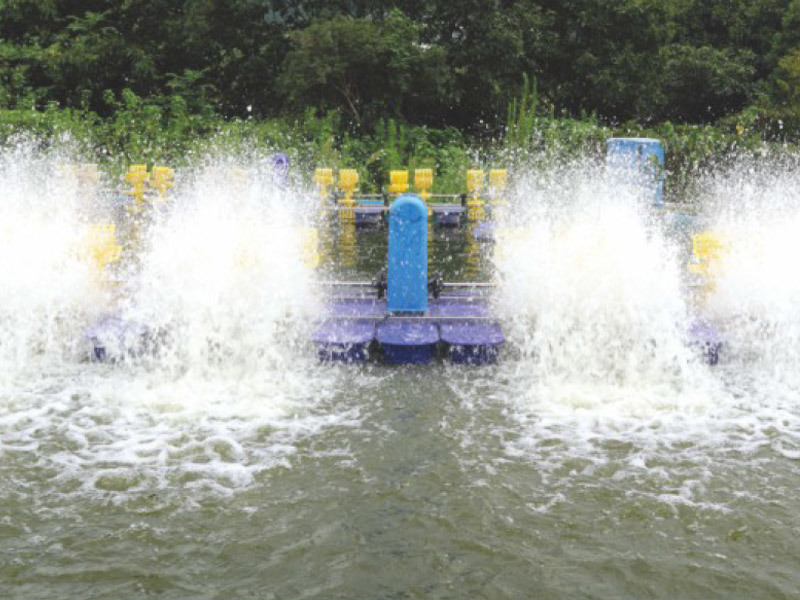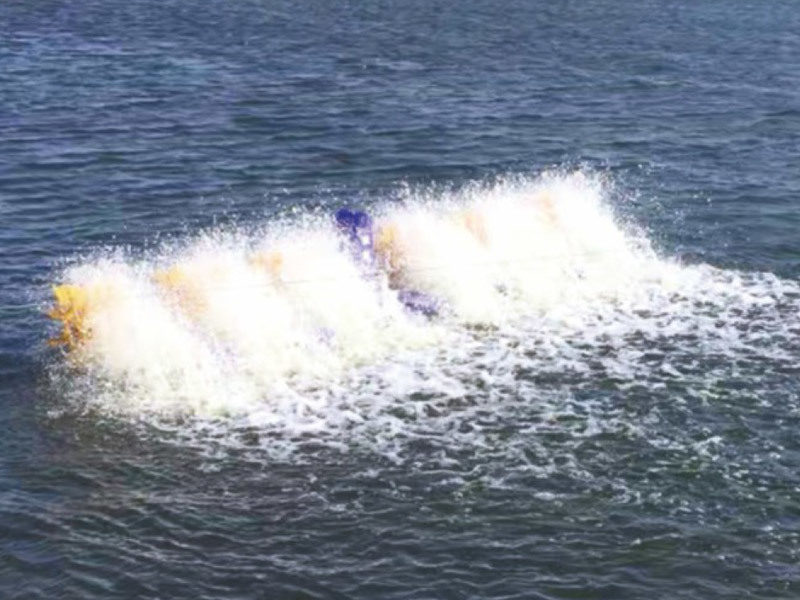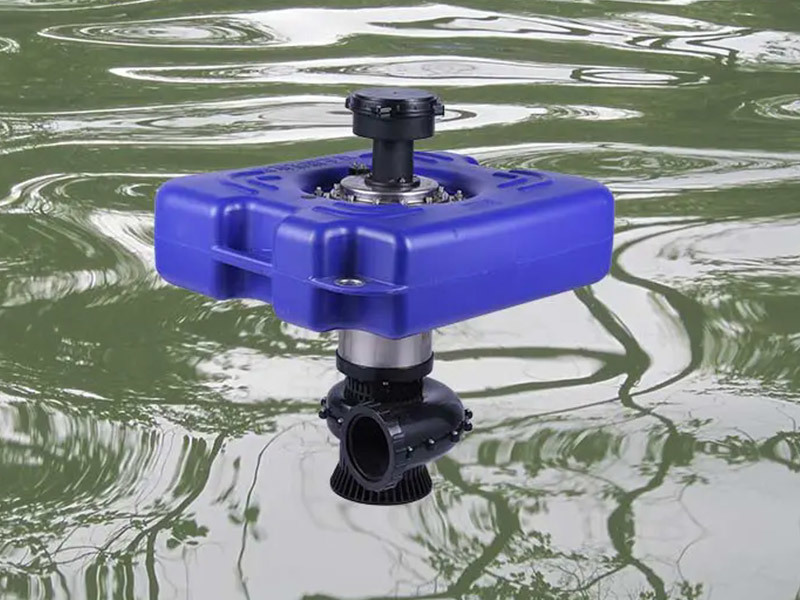How Do Small Pond Aerators And Lake Aerators Help Improve The Survival Rate Of Fish?
May 14,2024
Small Pond Aerator and Lake Aerator systems play a vital role in enhancing fish survival rates in aquatic environments. From an aeration industry perspective, these systems are designed to address one of the most critical factors affecting fish health and survival: dissolved oxygen levels.
Adequate dissolved oxygen is essential for fish respiration, growth, and overall well-being. Without sufficient oxygen, fish can experience stress, reduced appetite, and even mortality. This is particularly crucial in small ponds and lakes, where high fish densities, excessive organic matter, and limited water circulation can quickly deplete oxygen levels.
Small Pond Aerator systems are specifically engineered to introduce air into the water column, increasing the dissolved oxygen content. These aerators come in various designs, including surface aerators, which agitate the water surface to promote oxygen transfer, and diffused aerators, which release air bubbles from the bottom of the pond or lake.
Lake Aerator systems, on the other hand, are designed to address the challenges of larger water bodies. These systems often incorporate multiple aerators strategically placed throughout the lake to ensure comprehensive oxygenation. They can be surface-mounted or subsurface, depending on the specific requirements and characteristics of the lake.
By increasing dissolved oxygen levels, Small Pond Aerator and Lake Aerator systems create a more favorable environment for fish to thrive. Adequate oxygen supports their metabolic processes, enhances their appetite and growth rates, and reduces stress levels. This, in turn, leads to improved fish survival rates, particularly during critical periods such as summer months when oxygen depletion is more likely to occur.
Small Pond Aerator and Lake Aerator systems can help mitigate the effects of algal blooms, which can further deplete oxygen levels and produce toxins harmful to fish. By promoting water circulation and oxygenation, these aerators can disrupt the conditions that favor excessive algal growth, thereby indirectly contributing to better fish survival rates.
In addition to their direct impact on fish, Small Pond Aerator and Lake Aerator systems also support the overall health of the aquatic ecosystem. By maintaining adequate oxygen levels, they promote the growth of beneficial bacteria and other microorganisms that play crucial roles in nutrient cycling and waste decomposition. This, in turn, contributes to a more balanced and stable environment, further enhancing the chances of fish survival.
From a commercial perspective, Small Pond Aerator and Lake Aerator systems are invaluable tools for fish farms, aquaculture operations, and recreational fishing areas. By ensuring optimal oxygen levels and promoting fish health, these systems can significantly increase fish yields, improve profitability, and enhance the overall quality of the aquatic environment.
Aeration can also contribute to the overall water quality by promoting the growth of beneficial bacteria and microorganisms. These organisms play a crucial role in breaking down matter and maintaining the natural balance of the ecosystem. As a result, the water becomes cleaner and more hospitable for fish, leading to improved survival rates and healthier populations.
The use of small pond aerators and lake aerators is a valuable tool for enhancing the survival rate of fish in aquatic environments. By increasing dissolved oxygen levels, preventing stagnation, and promoting a balanced ecosystem, these aeration systems contribute to the overall well-being and thriving of fish populations, ensuring a sustainable and vibrant aquatic habitat.
Latest News




